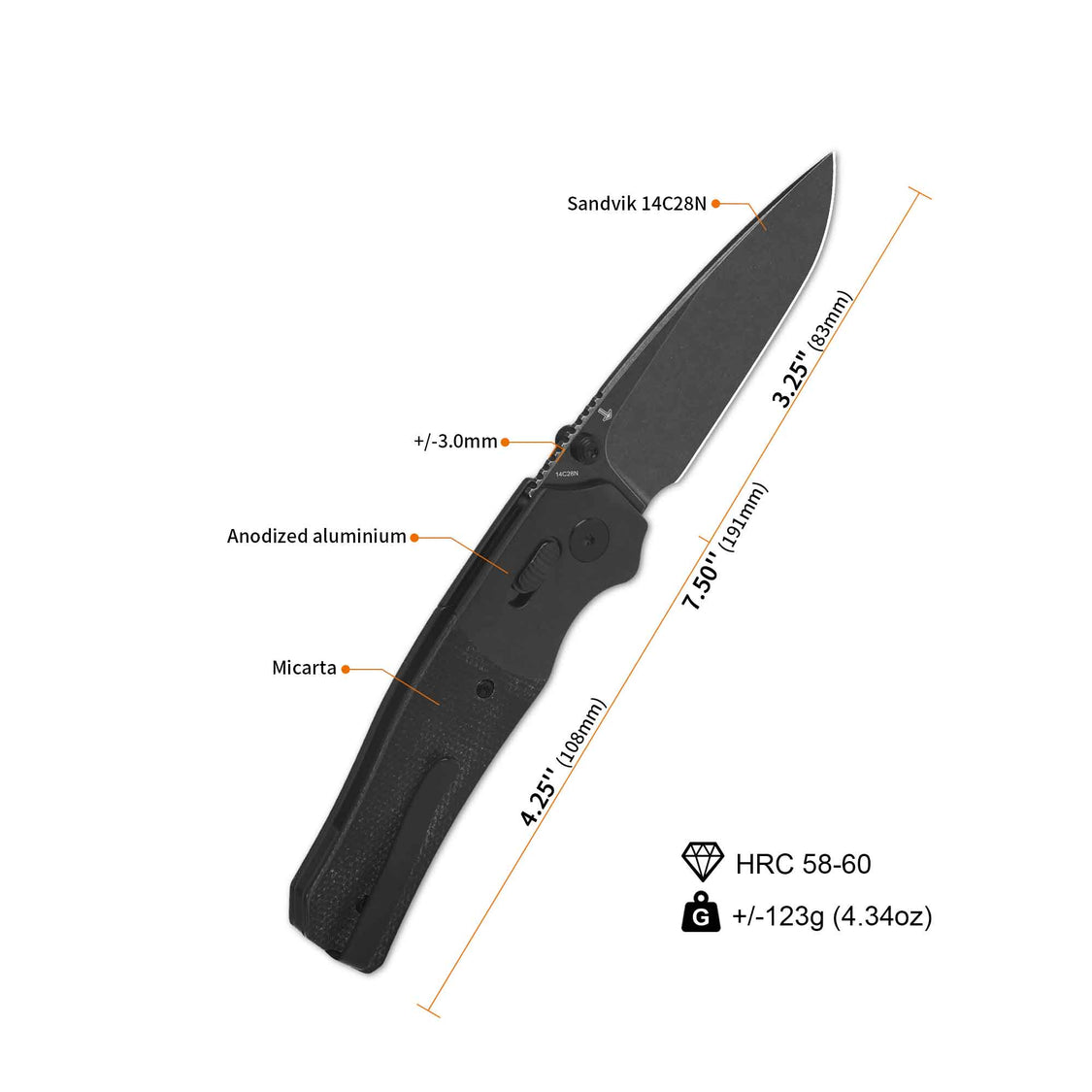Throughout history, knives have played a pivotal role in human survival, serving as tools for both utility and protection. In the realm of self-defense insights: the role of knives in personal safety, understanding the evolution of knives is essential. This article delves into the historical significance of knives and their modern implications in personal safety.

Historical Context of Knives in Self-Defense
Knives date back thousands of years, originally crafted from stone and later from metals. Their primary function was utilitarian, aiding in hunting and food preparation. However, as societies evolved, so did the use of knives. They became symbols of status and power, often wielded in conflicts and duels. This historical context is crucial for grasping the self-defense insights: the role of knives in personal safety.
- Ancient Civilizations: In ancient Rome and Greece, knives were not only tools but also weapons used in personal combat.
- Medieval Times: The dagger emerged as a popular self-defense weapon, often concealed for surprise attacks.
- Modern Era: Today, knives are designed with both functionality and self-defense in mind, featuring ergonomic grips and tactical designs.
Modern Knives and Their Role in Self-Defense
In contemporary society, the role of knives has shifted significantly. While they remain essential tools, their use in self-defense has gained prominence. Many individuals seek to understand how knives can enhance their personal safety. What are the key factors to consider when choosing a knife for self-defense?
- Size and Weight: A knife should be easy to carry and handle. Compact designs are often preferred for self-defense.
- Blade Material: High-quality steel is essential for durability and effectiveness in a self-defense situation.
- Legal Considerations: It is crucial to understand local laws regarding knife carry and use in self-defense scenarios.
Self-Defense Training and Knife Usage
Understanding how to effectively use a knife for self-defense is vital. Training can significantly enhance one’s confidence and ability to respond in threatening situations. What should individuals consider when seeking training?
- Professional Instruction: Seek qualified instructors who specialize in self-defense techniques involving knives.
- Practice: Regular practice is essential to develop muscle memory and improve reaction times.
- Situational Awareness: Being aware of one’s surroundings can prevent potential threats before they escalate.
Conclusion: Embracing Self-Defense Insights
In conclusion, the evolution of knives in self-defense reflects a broader narrative about personal safety. As we explore self-defense insights: the role of knives in personal safety, it becomes clear that knowledge, training, and responsible usage are paramount. Whether for practical purposes or self-defense, understanding the historical and modern significance of knives can empower individuals to make informed decisions about their personal safety.








